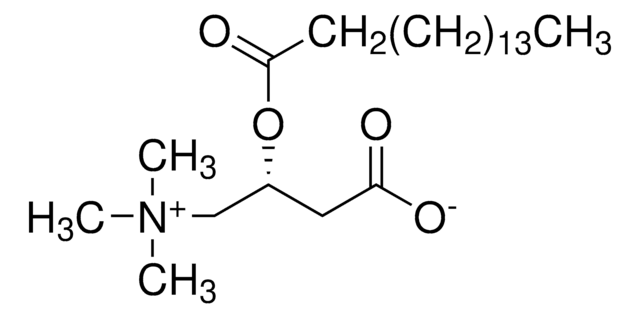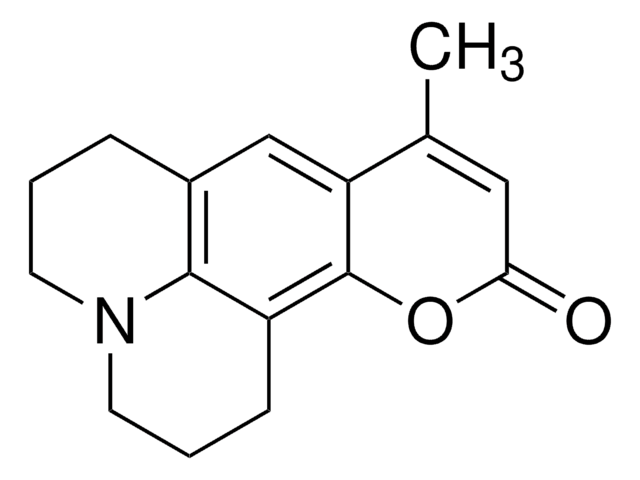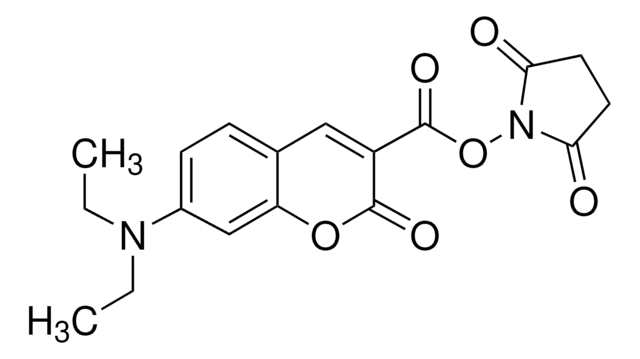Kluczowe dokumenty
96669
7-Diethylamino-3-(4-maleimidophenyl)-4-methylcoumarin
suitable for fluorescence, BioReagent, ≥90% (HPCE)
Synonim(y):
1H-Pyrrole-2,5-dione, 1-(4-(7-(diethylamino)-4-methyl-2-oxo-2H-1-benzopyran-3-yl)phenyl)-, CPM
About This Item
Polecane produkty
linia produktu
BioReagent
Próba
≥90% (HPCE)
Formularz
solid
fluorescencja
λex 391 nm; λem 472 nm in methanol: 2-mercaptoethanol
przydatność
suitable for fluorescence
temp. przechowywania
−20°C
ciąg SMILES
CCN(CC)c1ccc2C(C)=C(C(=O)Oc2c1)c3ccc(cc3)N4C(=O)C=CC4=O
InChI
1S/C24H22N2O4/c1-4-25(5-2)18-10-11-19-15(3)23(24(29)30-20(19)14-18)16-6-8-17(9-7-16)26-21(27)12-13-22(26)28/h6-14H,4-5H2,1-3H3
Klucz InChI
YGIABALXNBVHBX-UHFFFAOYSA-N
Szukasz podobnych produktów? Odwiedź Przewodnik dotyczący porównywania produktów
Powiązane kategorie
Zastosowanie
Działania biochem./fizjol.
Kod klasy składowania
11 - Combustible Solids
Klasa zagrożenia wodnego (WGK)
WGK 3
Temperatura zapłonu (°F)
Not applicable
Temperatura zapłonu (°C)
Not applicable
Środki ochrony indywidualnej
Eyeshields, Gloves, type N95 (US)
Wybierz jedną z najnowszych wersji:
Masz już ten produkt?
Dokumenty związane z niedawno zakupionymi produktami zostały zamieszczone w Bibliotece dokumentów.
Klienci oglądali również te produkty
Nasz zespół naukowców ma doświadczenie we wszystkich obszarach badań, w tym w naukach przyrodniczych, materiałoznawstwie, syntezie chemicznej, chromatografii, analityce i wielu innych dziedzinach.
Skontaktuj się z zespołem ds. pomocy technicznej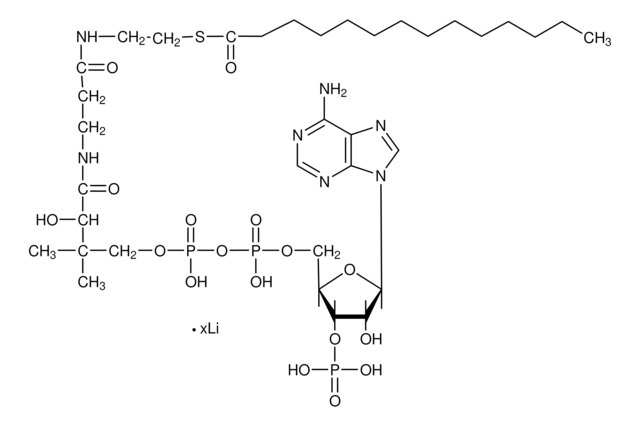
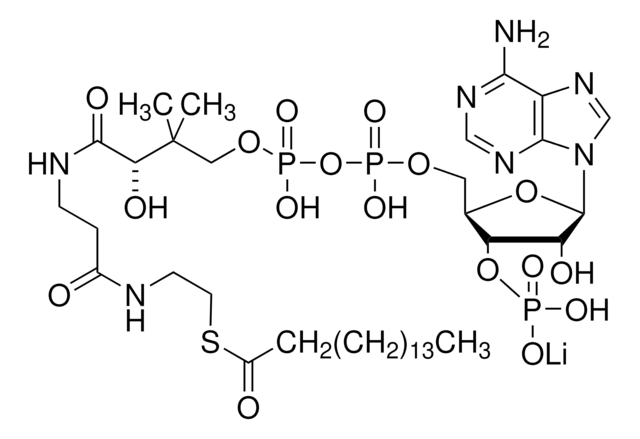
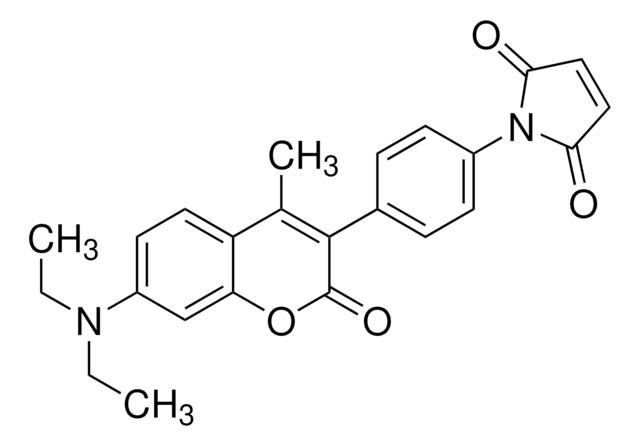
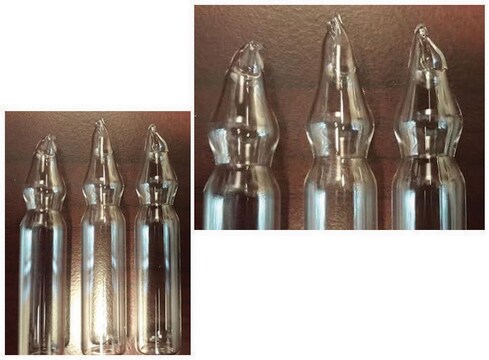
![7-Diethylamino-3-[4-(iodoacetamido)phenyl]-4-methylcoumarin BioReagent, suitable for fluorescence, ≥85% (HPLC)](/deepweb/assets/sigmaaldrich/product/structures/151/285/a8e712af-fe50-4dab-acb6-1ce06d8349f7/640/a8e712af-fe50-4dab-acb6-1ce06d8349f7.png)

